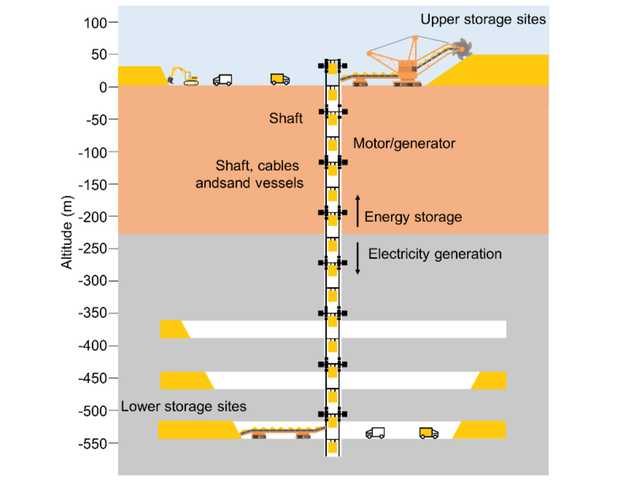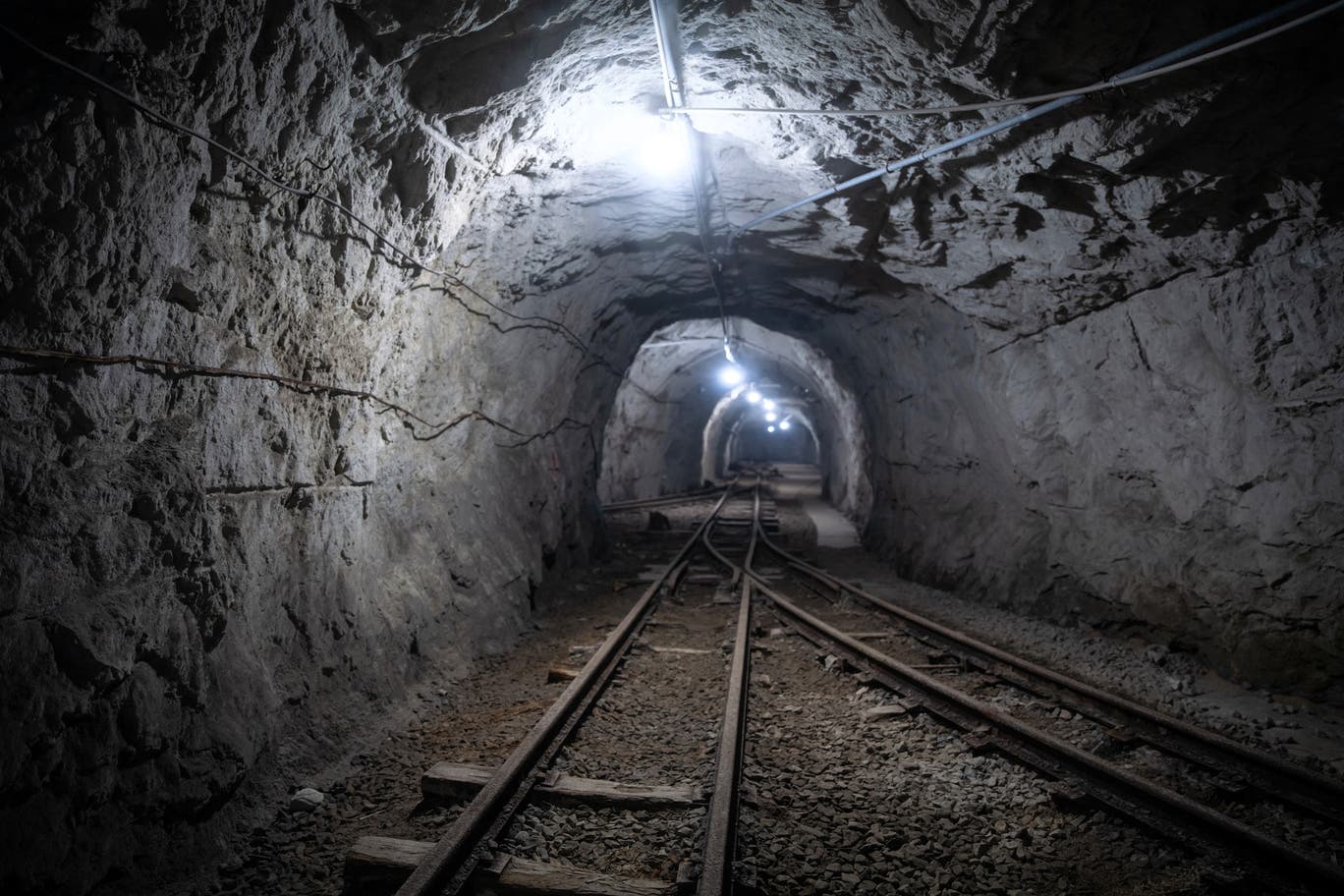An abandoned mine in Finland is set to be transformed into a giant battery that will store renewable energy during periods of surplus production.
The Pyhäsalmi Mine, Europe’s deepest zinc and copper mine, located about 450 kilometers north of Helsinki, has the potential to store up to 2 MW of energy in its 1400 meter deep shafts.
The disused mine will be fitted with a gravity battery that lifts heavy loads using excess energy from renewable sources such as solar and wind. During periods of low production, the load is released and used to power a turbine as it falls.
Gravitricity, the Scotland-based company developing the gravity battery system, plans to showcase the technology using the mine in Finland as a full-scale prototype.
“This project will demonstrate at full scale how our technology can deliver long-lasting reliable energy storage that can capture and store energy during periods of low demand and release it quickly when needed,” says Martin Wright, Chief Executive Officer of Gravitricity.
This full-scale project will pave the way for other commercial projects and allow our solution to be incorporated into mine decommissioning activities, offering a potential future for mines nearing the end of their original service life.

A study last year by the International Institute for Applied Systems Analysis (IIASA) estimated that gravity batteries in abandoned underground mines could store up to 70TWh, enough energy to meet global electricity demand.
Restored mines can also provide economic benefits to communities that previously relied on them for their livelihoods.
IIASA analysts noted that the mines already have the basic infrastructure for such an undertaking and are connected to the power grid.
“This significantly reduces the cost and means required to realize Underground Gravity Energy Storage (UGES) facilities,” the study said.
The Pyhäsalmi Mine will be decommissioned in 2022, while Graviticity claims 600 jobs have been directly or indirectly affected. Other initiatives under review for this site include a Solar farm.
“As the world generates more electricity from intermittent renewables, there is a growing need for technologies that can capture and store energy during periods of low demand and release it quickly when needed,” Gravitricity’s website reads.
We develop innovative, long-lasting, underground technologies that securely store energy and deliver it on demand at a lower lifetime cost than existing alternatives.





